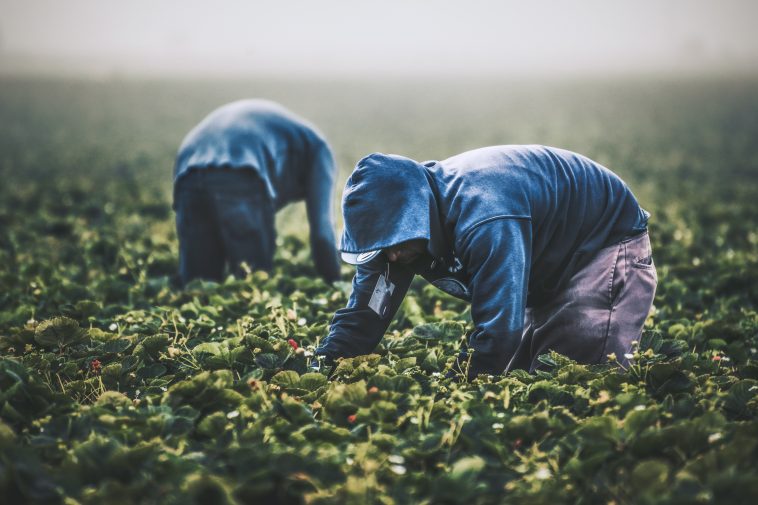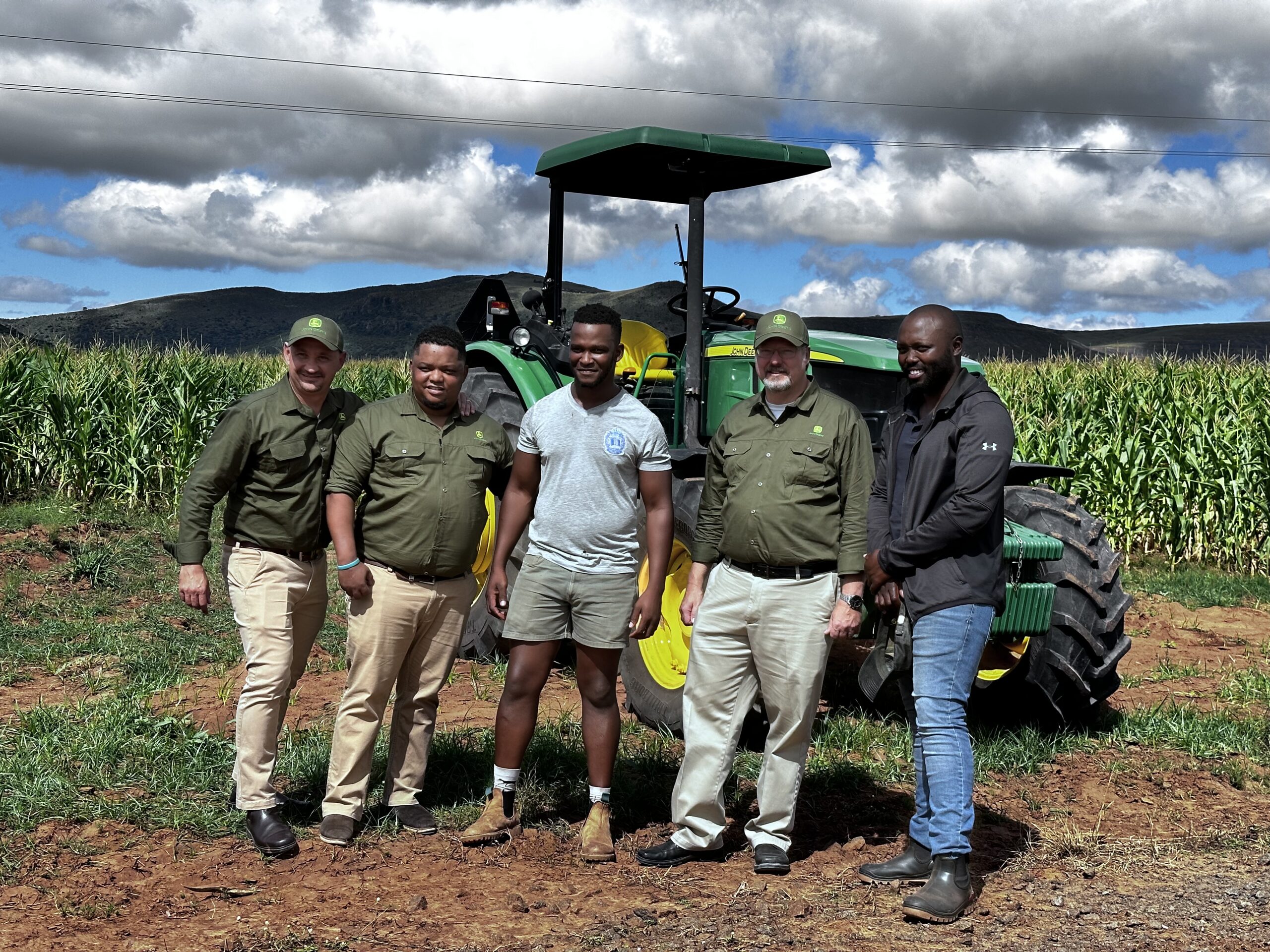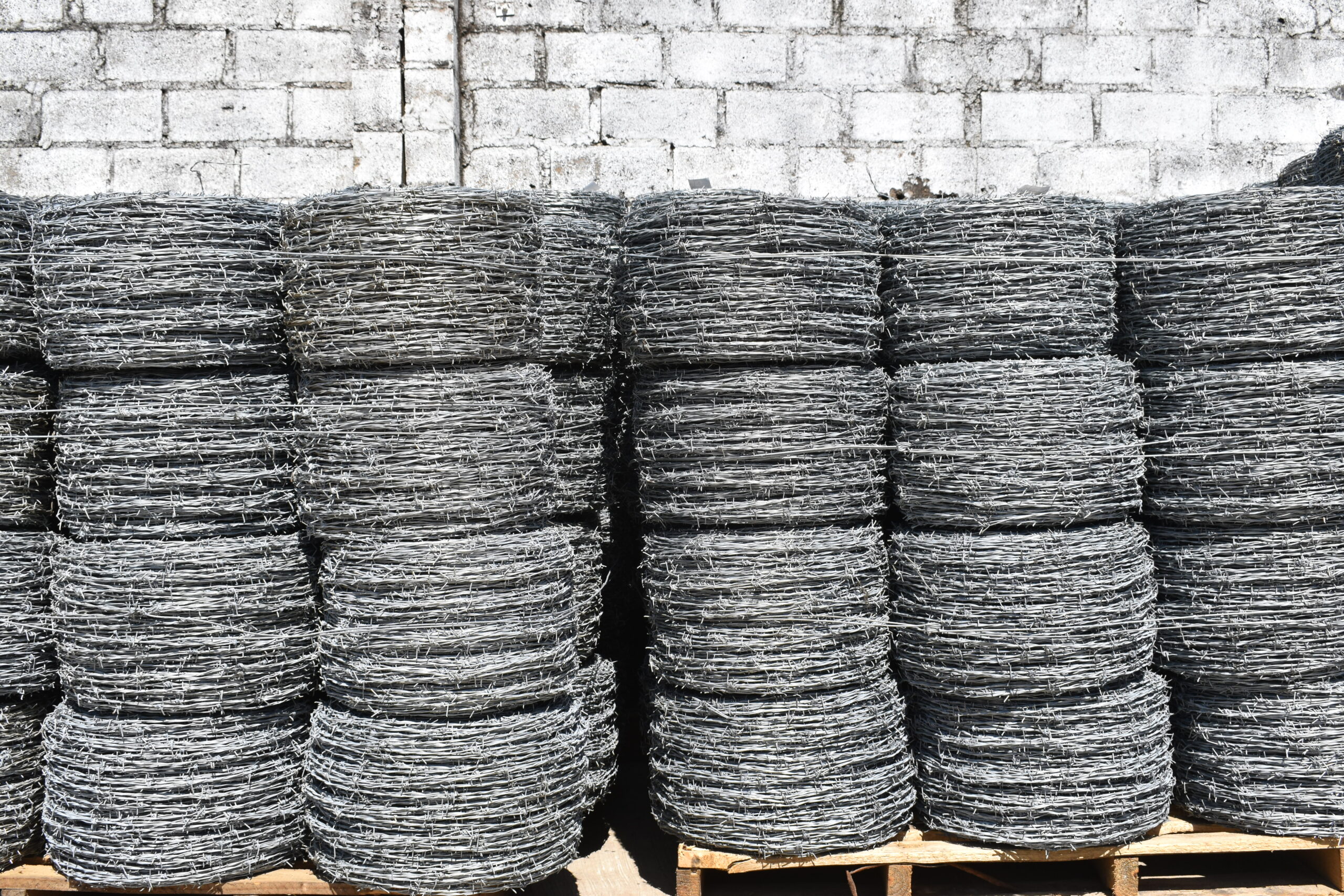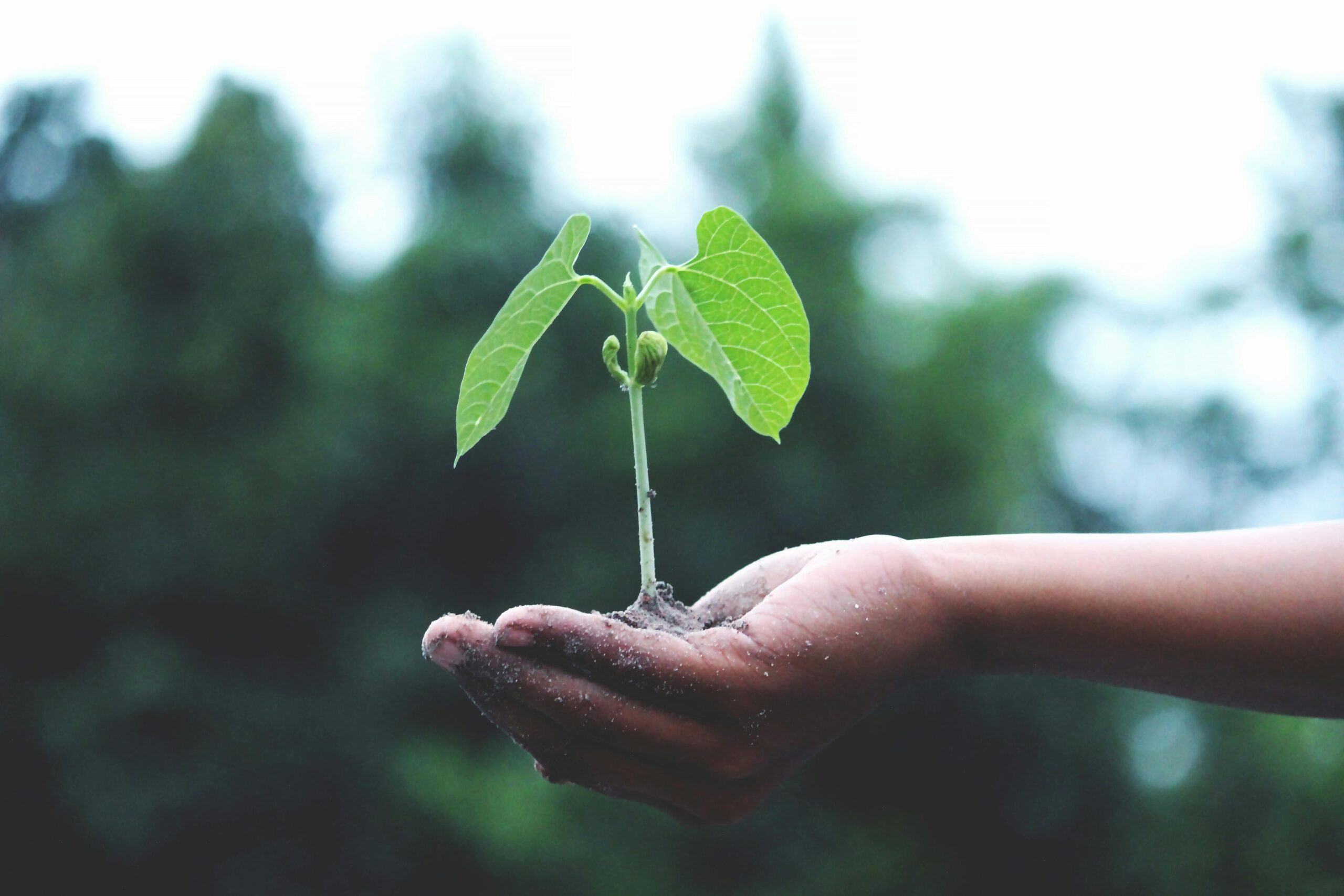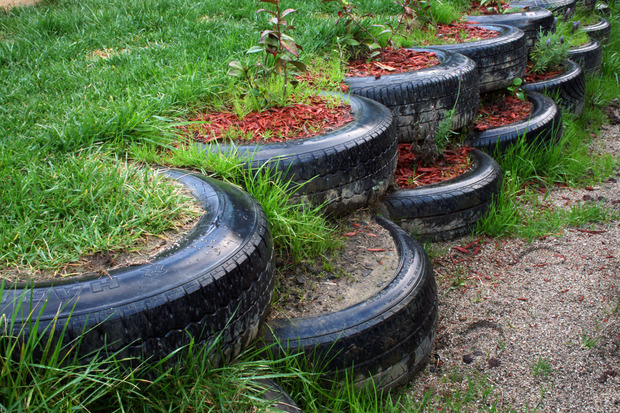With prices of fertiliser and the staple maize seed soaring amid runaway inflation, some smallholder farmers in Zimbabwe are resorting to preserving maize seeds from previous harvests for replanting.
While the government has distributed farming inputs such as maize seed to millions of farmers across the country, not all smallholders have accessed the support.
In both urban and rural areas where residents have taken up subsistence farming, the price of maize seed is not deterring subsistence farmers from navigating the price volatility.
A 10-kg bag of maize seed can cost anything up to USD20, effectively pushing smallholders on the edge of despair despite continued government assurance of free inputs.
“I have learned to keep maize seed from previous harvests for planting. The price of maize seed is just out of reach,” says Silibaziso Nyamande, a sixty-something year old Bulawayo resident who maintains a small piece of land where she mainly grows maize.
While the country has made efforts to monitor the price of farming inputs such as maize seed and fertiliser, inflation has pushed up prices, with producers citing the increasing costs of securing foreign currency.
“It is better this way as I only have to buy a smaller pack of maize seed. I monitor yields from both seed from previous harvest and seed that I buy and there is no difference really,” Silibaziso adds.
Zimbabwe has invested heavily in agriculture, providing seed, fertilisers, and tractors among other inputs to smallholders who produce the bulk of the country’s grain.
According to the agriculture ministry, up to sixty-two percent of the country’s nine million smallholders including communal farmers have benefited from government support.
These farmers supply sixty percent of their produce to the state-owned Grain Marketing Board, yet bottlenecks have excluded farmers such as Silibaziso.
“Using seed from previous harvests is an age-old practice but we encourage new varieties that have been developed with climate resilience and being able to grow in any soil,” shares Justin Mlambo, an agriculture extension officer working with an international NGO.
“But farmers naturally always want to get the best from their labour. If this works for them, they will continue. In the long term, however, it affects yields as those seeds are not scientifically tested for continued recycling,” Justin adds.
Maize that has been cross bred by seed companies to produce better yields, cannot be used to plant again as these hybrid seeds are not fertile.
In December last year, the USAIDsupported Famine Early Warning Systems Network (FEWS NET) said fewer farmers would have access to farming inputs, citing what it called “above-average” prices of maize seed and fertilisers.
“Most smallholder households are expected to depend on government crop input assistance, given their inability to purchase inputs on the markets,” FEWS NET added, but for Silibaziso Nyamande and many others it has meant turning to old ways to keep on feeding themselves.
“I select what I think are the best cobs that I harvested, and those seeds are what I put into the soil this planting season,” Silibaziso concluded.
While communal farmers have practiced this for generations, it has assumed renewed urgency amid increased efforts by locals to grow their own food.
References:
https://fews.net/southern-africa/zimbabwe/key-message-update/december-2022
https://www.fao.org/zimbabwe/fao-in-zimbabwe/zimbabwe-at-aglance/en/

